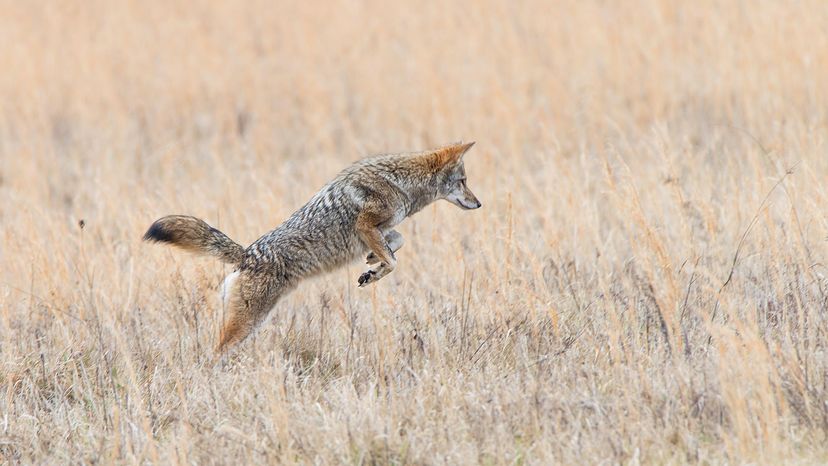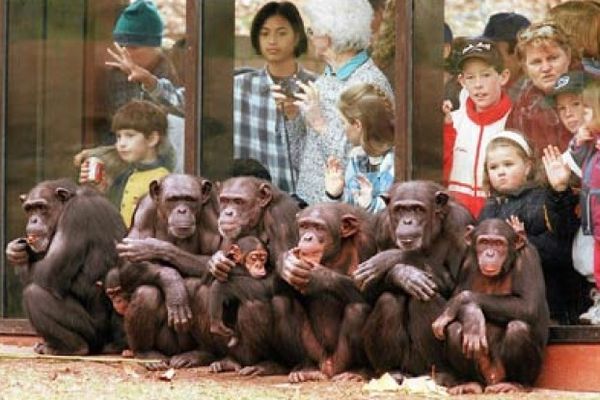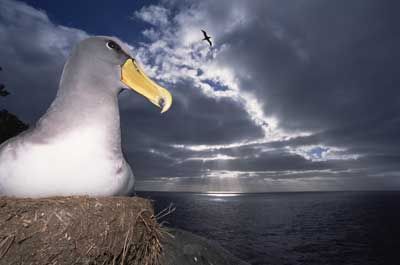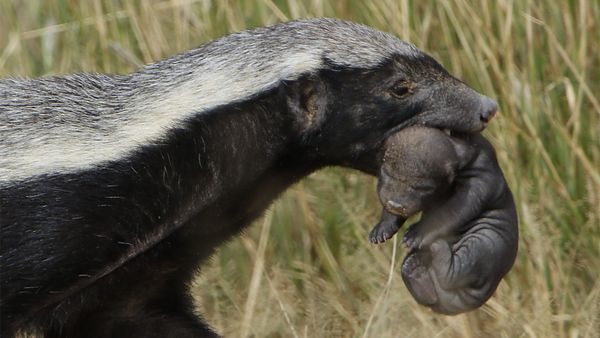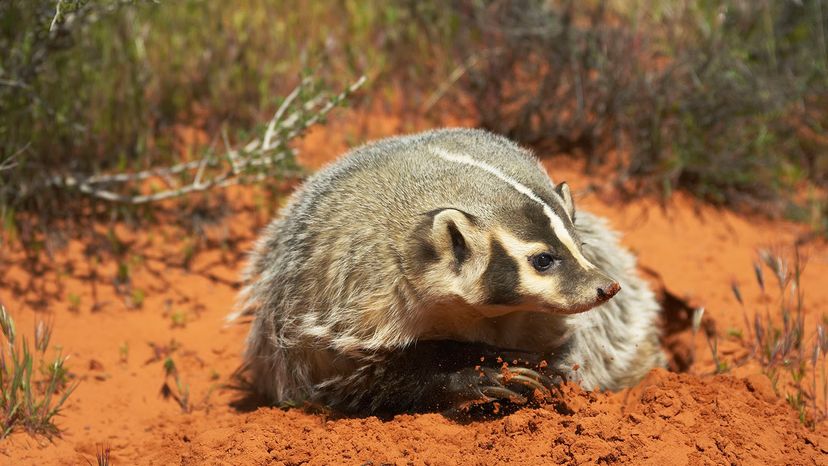
Much of the Native American folklore recorded today was passed along through the oral tradition of storytelling, like the earliest Greek and Roman myths. You can imagine a group of tribe members, gathered around a campfire as elders spun yarns about how the world was created and the life that teemed on it. Many plots relied on allegory to communicate fundamental truths about morality. Like the characters in well-known Aesop's fables, many of those found in Native American folktales aren't humans but animals, such as rabbits, elk, grouse and turtles.
Coyotes and badgers in particular played joint roles in the lore of Western tribes, including the Crow, Plains, Navajo and Chinook. They act as neighbors, friends and competitors in various stories, with the badger usually serving as the mild-mannered foil for the wily coyote. The inspiration for this recurring relationship undoubtedly comes straight from nature. Native Americans were the first people to recognize an interesting collaboration between coyotes and badgers: They help each other find and trap food.
Advertisement
The word "coyote" comes from Aztec "coyotl," meaning "trickster." These members of the Canid (dog) family are smaller than wolves, weighing between 20 and 35 pounds (9 and 16 kilograms). Their natural prey consists of carrion, small rodents and rabbits, but they'll also eat insects, frogs, snakes and fruits if the dietary push comes to shove [source: Texas Tech University]. Coyotes are most abundant in the Southwest and Midwest and have expanded north and east from the Great Plains since the 1800s. You'll find black- and white-patterned American badgers in the same habitats. Related to weasels and skunks, furry badgers live off similar small rodents as coyotes. But instead of chasing them down above ground like the canines, badgers use their long claws and pointed heads to dig into subterranean burrowing tunnels.
But if badgers and coyotes compete for the same prey, how and why would they assist one another?
Advertisement
